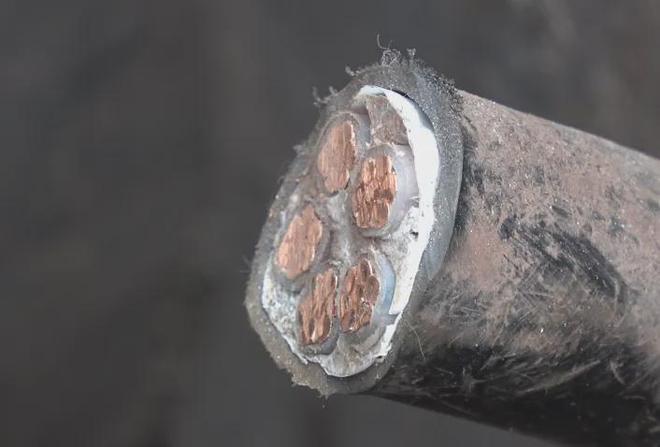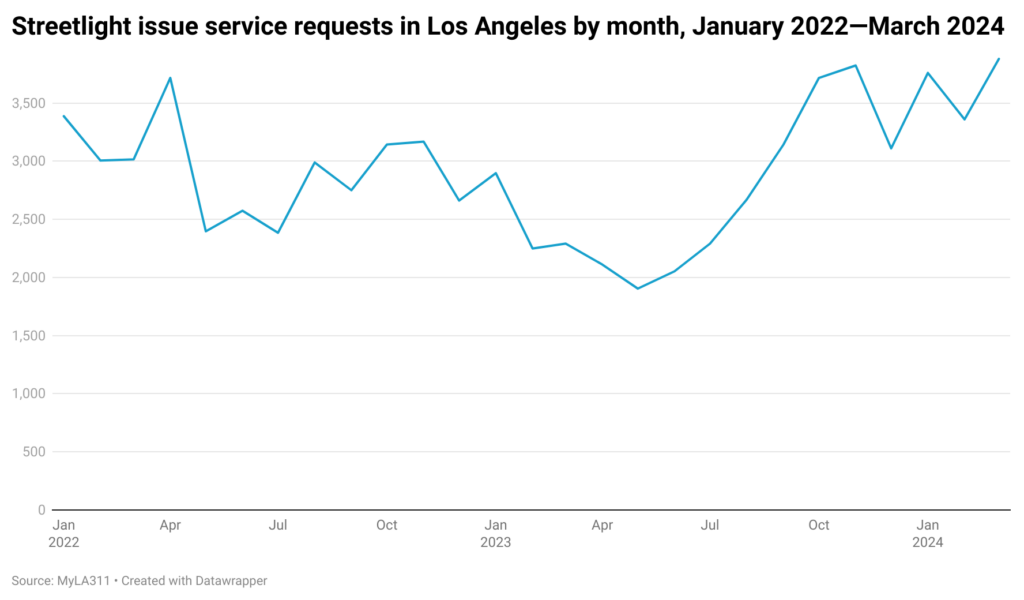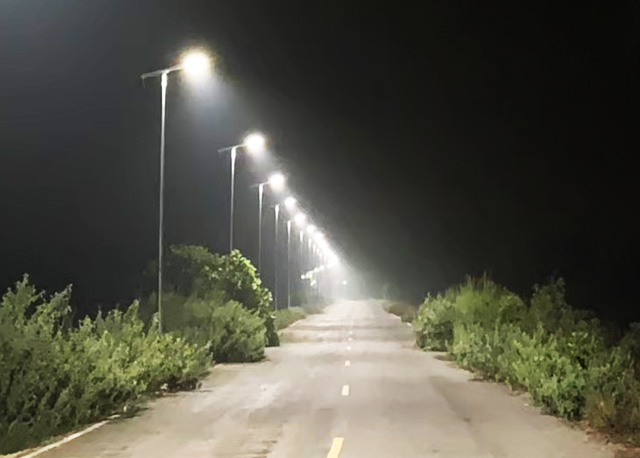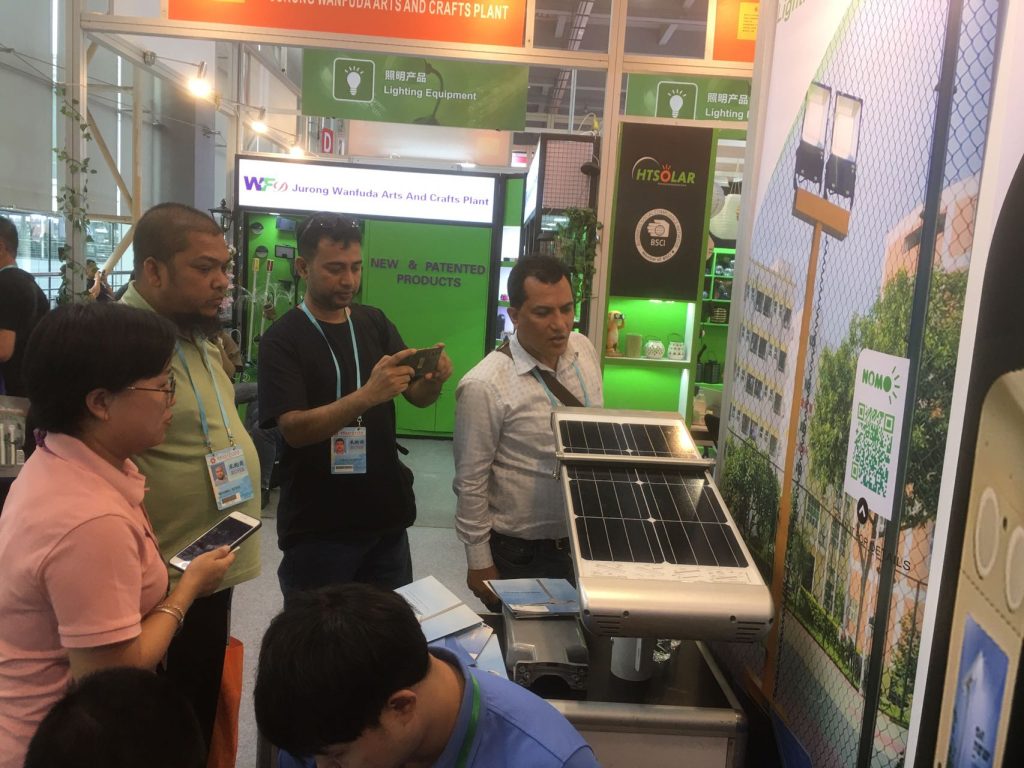Copper Wire Theft Plagues Cities, Prompting Shift to Solar Streetlights
has reached unprecedented levels in cities across the United States, causing numerous streetlights to go dark and prompting a shift towards solar-powered solutions. Los Angeles is facing a severe crisis, with thousands of streetlights unable to function due to rampant theft.
According to recent reports, the number of streetlight failure reports in Los Angeles has surged dramatically, with 3,880 incidents reported in March alone—a 69% increase from the same period last year. This spike is primarily due to copper wire theft, which has cost the city over $20 million in repairs within the past year. The thefts have not only plunged many communities into darkness but also raised serious public safety concerns, as dark streets can lead to increased crime rates and pose threats to pedestrians and drivers.
In response to these challenges, cities like San Bernardino and Los Angeles are turning to solar streetlights as a viable alternative. San Bernardino has announced plans to install solar streetlights, aided by a $250,000 grant from the U.S. Department of Energy. Similarly, Los Angeles has launched a pilot program, initially installing 104 solar streetlights in Van Nuys, with plans to expand to 900 units by July 2025.
Other cities, including Las Vegas and Louisville, Kentucky, are also exploring solar streetlight solutions. Las Vegas recently installed 12 solar streetlights in a neighborhood as part of a pilot program, while Louisville is testing solar-powered highway lighting at two on-ramps. These initiatives aim to deter theft and improve lighting conditions, while also providing valuable data for other cities considering similar transitions.
As cities continue to address the economic and safety impacts of copper wire theft, adopting solar streetlights represents a promising step towards enhancing infrastructure resilience and sustainability. Solar streetlights offer many advantages. They operate independently of the electrical grid, potentially eliminating the need for copper wiring. According to the National Renewable Energy Laboratory (NREL), solar panels degrade at a rate of about 0.5% per year, maintaining 90% of their original output after 20 years. However, these systems require regular maintenance, such as battery replacements every 5-10 years and periodic cleaning of solar panels.
To address these challenges, NOMO group co.,limited has introduced solar streetlights with an automatic cleaning system, providing cities with a more durable and reliable solution. The system features an integrated automatic cleaning mechanism that regularly removes dust and dirt from the solar panels, ensuring they remain in optimal working condition. This not only improves power generation efficiency but also reduces maintenance needs caused by pollution, extending the lifespan of the streetlights.






